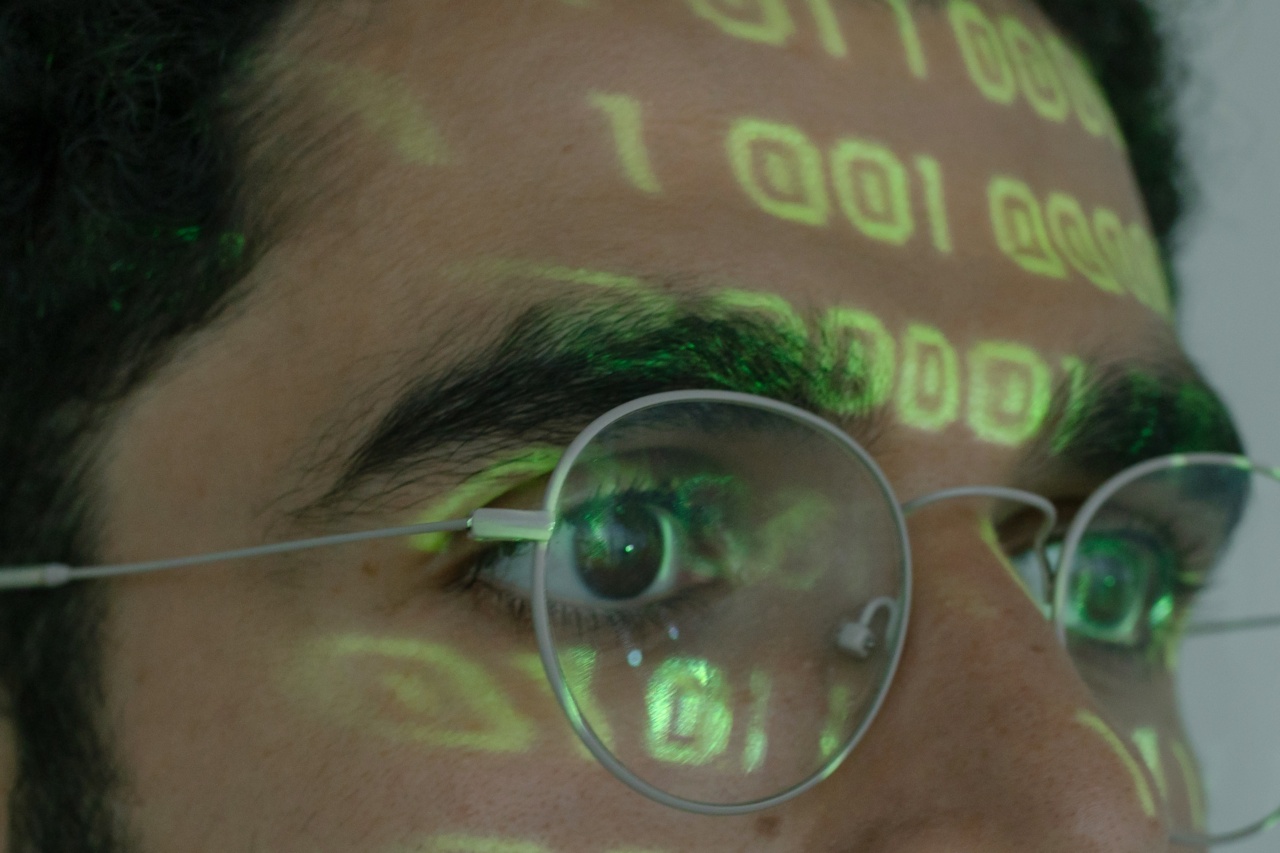As we spend more and more time on digital devices like smartphones, tablets, and computers, we put ourselves at risk for digital eye strain.
Also known as computer vision syndrome, this condition can cause a range of symptoms that can be uncomfortable, distracting, and even debilitating. In this article, we’ll explore what digital eye strain is, what causes it, and what you can do to prevent and treat it.
What is Digital Eye Strain?
Digital eye strain refers to a group of symptoms that occur when you spend too much time in front of a digital screen. These symptoms may include:.
- Eye strain
- Dry and irritated eyes
- Blurred vision
- Headaches
- Neck and shoulder pain
Although digital eye strain isn’t likely to cause permanent damage to your eyes, it can be uncomfortable and distracting. It can also interfere with your ability to work, study, and enjoy your screen time.
What Causes Digital Eye Strain?
There are several factors that can contribute to digital eye strain:.
Blue Light
Digital screens emit blue light, which has been shown to disrupt our sleep-wake cycle and lead to insomnia and other sleep disorders. It can also cause eye strain and other symptoms of digital eye strain.
Glare
Glare from digital screens can cause eye strain and make it difficult to see what you’re looking at. This is especially true in brightly-lit environments or when using a screen that’s positioned incorrectly.
Distance and Positioning
When it comes to digital eye strain, distance and positioning are both important factors. If you’re sitting too close to your screen or at the wrong angle, you may experience symptoms like eye strain, headaches, and neck and shoulder pain.
Smaller Print
Many digital devices use smaller print than printed materials, which can make it harder for your eyes to focus and can lead to eye strain and headaches.
How to Prevent and Treat Digital Eye Strain
There are several things you can do to prevent and treat digital eye strain:.
Take Breaks
One of the best ways to prevent digital eye strain is to take regular breaks from your screen time. Every 20 minutes, look away from your screen and focus on an object that’s at least 20 feet away for at least 20 seconds.
This can help prevent eye strain and also give your body a chance to move around and stretch.
Adjust Your Environment
You can also adjust your environment to reduce glare and eye strain. Make sure your screen is positioned properly and avoid using digital devices in poorly-lit rooms. You can also use an anti-glare screen or a matte screen filter to reduce glare.
Use Proper Lighting
Another way to reduce digital eye strain is to make sure your room is properly lit. Use a soft, indirect light source that won’t cause glare or harsh shadows.
Use the 20-20-20 Rule
Another way to prevent and treat digital eye strain is to use the 20-20-20 rule. Every 20 minutes, take a break from your screen and look at something that’s 20 feet away for 20 seconds. This can help prevent eye strain and keep your eyes healthy.
Adjust Your Screen Settings
You can also adjust your screen settings to reduce digital eye strain. Increase the font size on your device, adjust the contrast and brightness to a comfortable level, and use a warm color temperature to reduce blue light exposure.
Conclusion
Digital eye strain is a growing issue as we spend more time in front of digital screens.
However, by taking steps to prevent and treat this condition, you can reduce your risk of experiencing uncomfortable symptoms and improve your overall eye health and well-being.





























